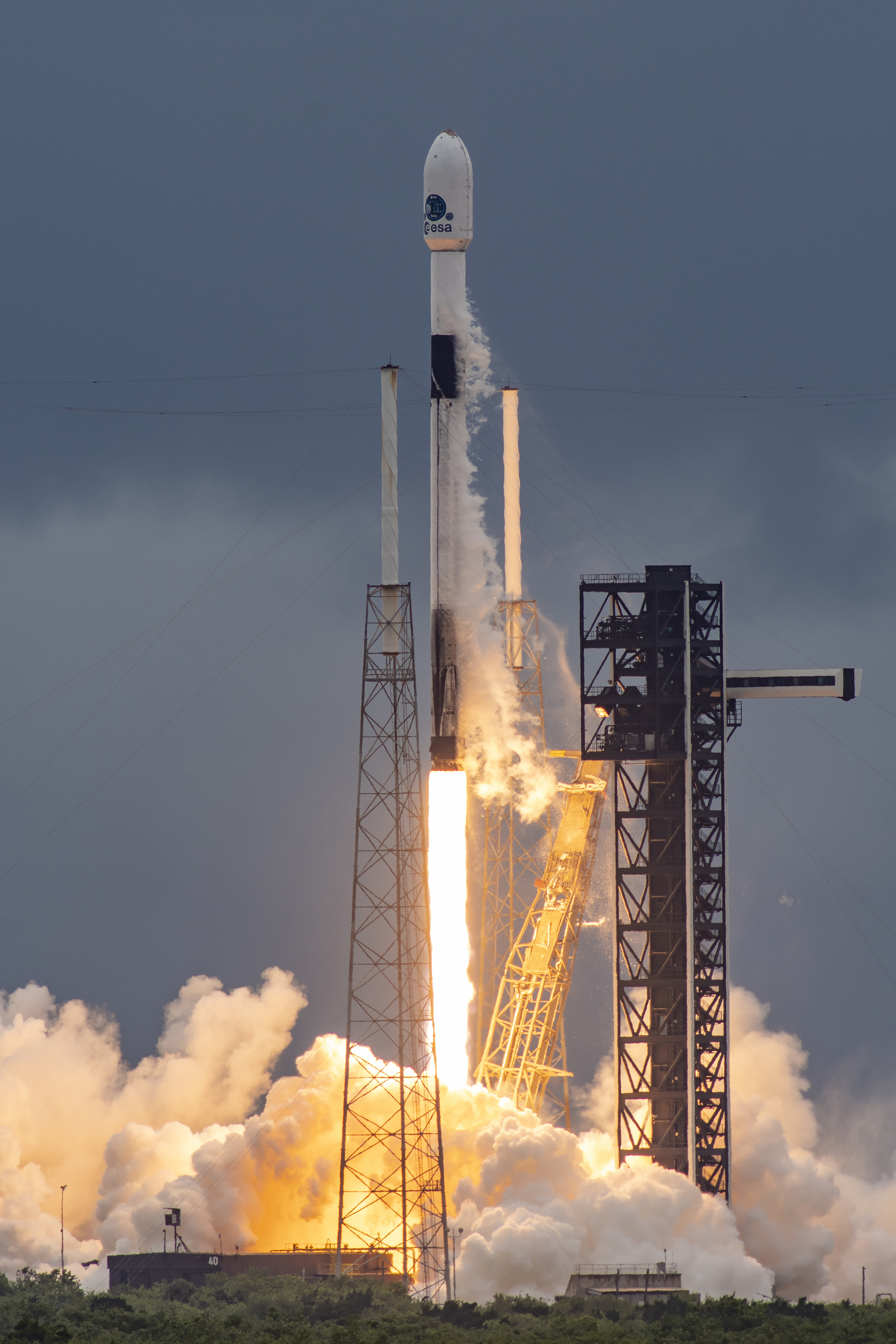How does Falcon Heavy’s payload capacity compare with historical rockets like the Saturn V?

🌌 Hey there, rocket aficionados! The world of space travel is continually evolving, and one of the most powerful contenders on the current stage is SpaceX's Falcon Heavy. With its impressive payload capacity, it stands as a colossal achievement in modern rocketry. But how does it stack up against the legendary Saturn V, the rocket that sent humans to the Moon? Buckle up as we explore this fascinating comparison! 🚀
First off, let’s talk numbers! The Falcon Heavy boasts a remarkable payload capacity of 64 metric tons (141,000 pounds) to low Earth orbit (LEO). This makes it the most powerful operational rocket currently, surpassing the payload capacities of many modern launch systems. In comparison, the mighty Saturn V, instrumental in NASA’s Apollo missions and the first rocket to take humans beyond Earth, had a payload capacity of 140 metric tons (310,000 pounds) to LEO. 🛰️
While it seems Saturn V has the edge in sheer capacity, Falcon Heavy’s capabilities are designed for versatility and cost-effectiveness. The Saturn V was a grand engineering marvel, towering at 363 feet and designed primarily for crewed missions to the Moon. Its first stage featured five F-1 engines, producing a staggering 7.5 million pounds of thrust. In contrast, Falcon Heavy utilizes 27 Merlin engines across its three reusable boosters, generating around 5 million pounds of thrust at liftoff. This innovative design allows Falcon Heavy to carry various mission types—from satellite deployments to interplanetary missions—at a fraction of the cost. 💰
Speaking of cost, the price point for Falcon Heavy launches is approximately $97 million, while the Saturn V missions were estimated to run upwards of $185 million when adjusted for inflation. This shift aligns with SpaceX's mission to make space more accessible and less reliant on government funding. The capacity to relaunch portions of the Falcon Heavy system, specifically its boosters, opens up avenues for cost-efficient future launches. 🔄
Another interesting aspect is the frequency and reliability of launches. The Falcon Heavy had its maiden flight in 2018 and has quickly completed multiple successful missions, showcasing its operational flexibility and efficiency. On the other hand, the Saturn V, which had its first flight in 1967, only launched 13 times, with the final mission occurring in 1975. The opportunity for more frequent launches with Falcon Heavy could revolutionize access to space and stimulate further research and exploration. 🌠
In summary, while Saturn V remains a towering achievement in rocketry, Falcon Heavy offers a modern twist—a powerful, versatile, and economically viable option for today's space missions. Both rockets exemplify the technological advancements of their respective eras, each breaking barriers and paving the way for future exploration. Will Falcon Heavy lead us to new frontiers, or will we glimpse an even more powerful rocket in the near future? Only time will tell! 🕰️ #FalconHeavy #SaturnV #SpaceX #RocketHistory #PayloadCapacity
Image credit: SpaceX